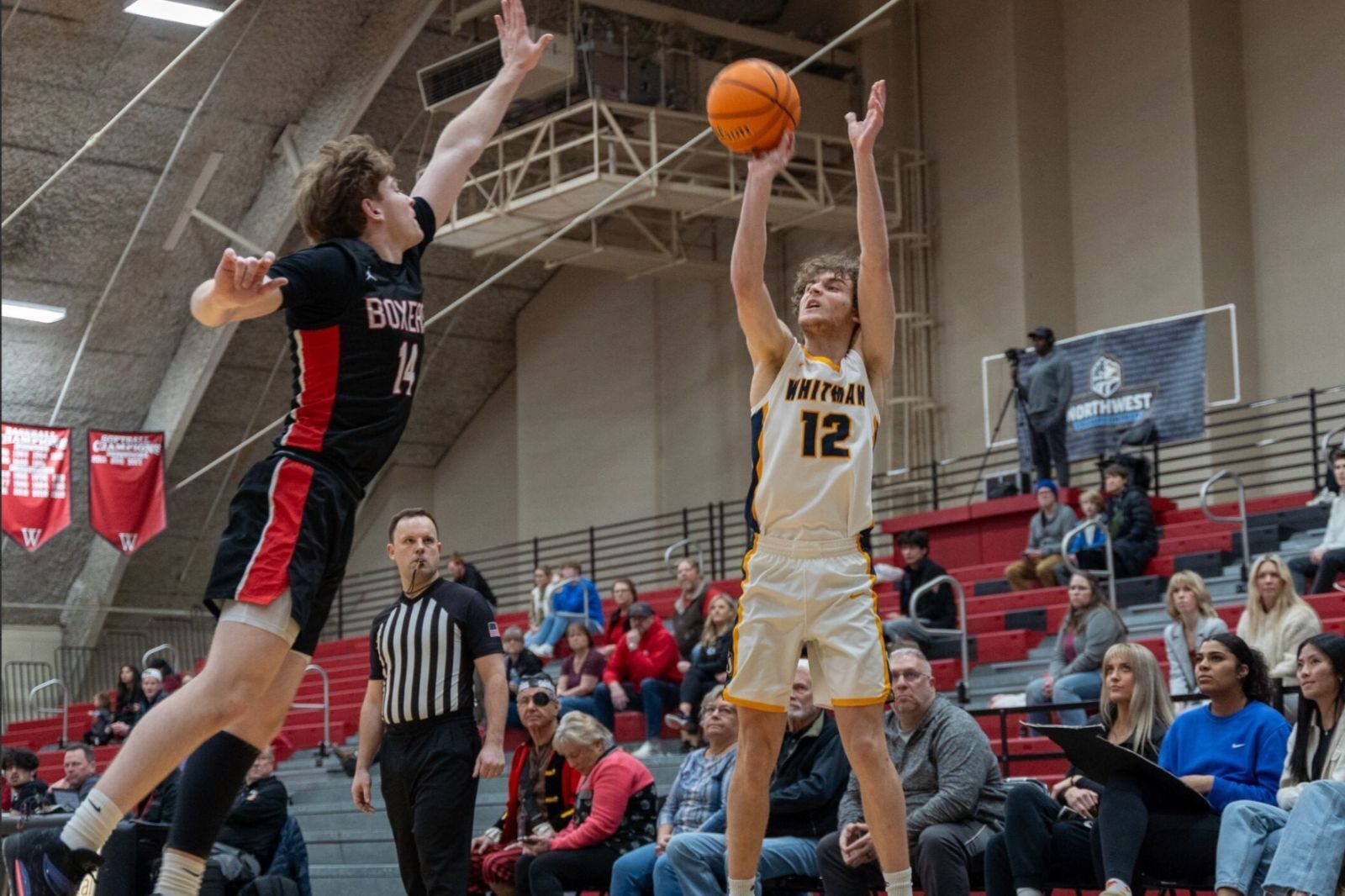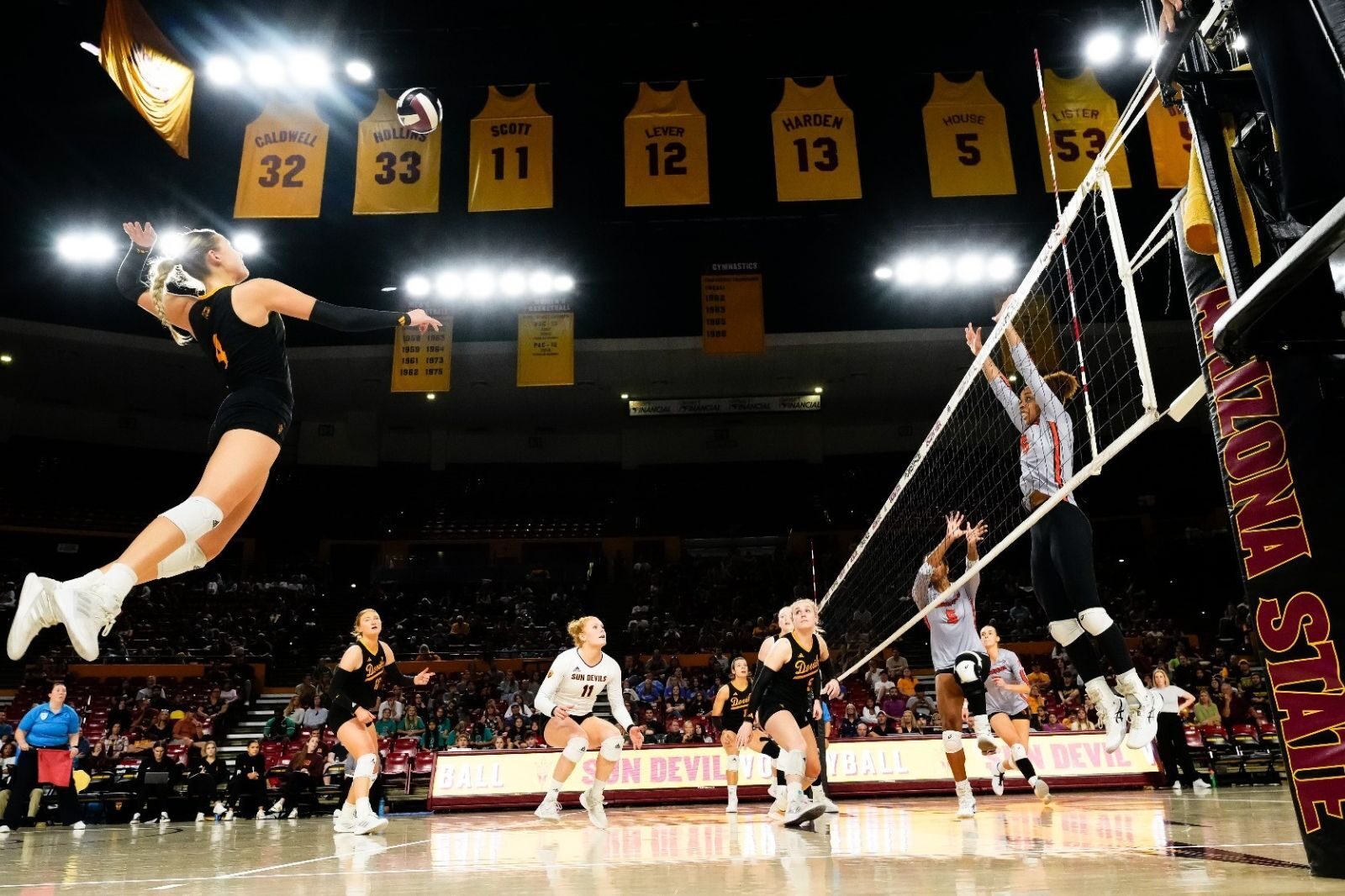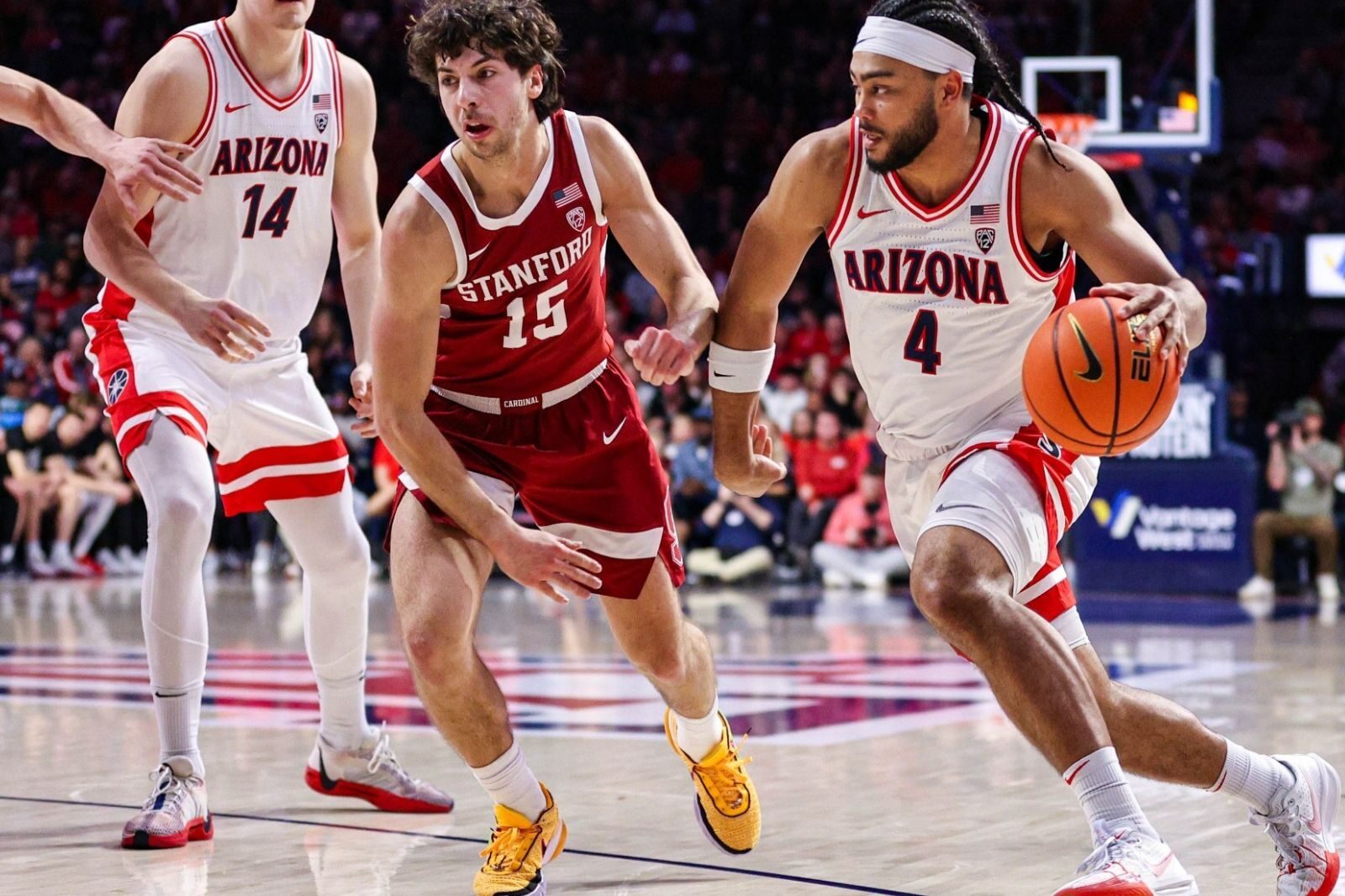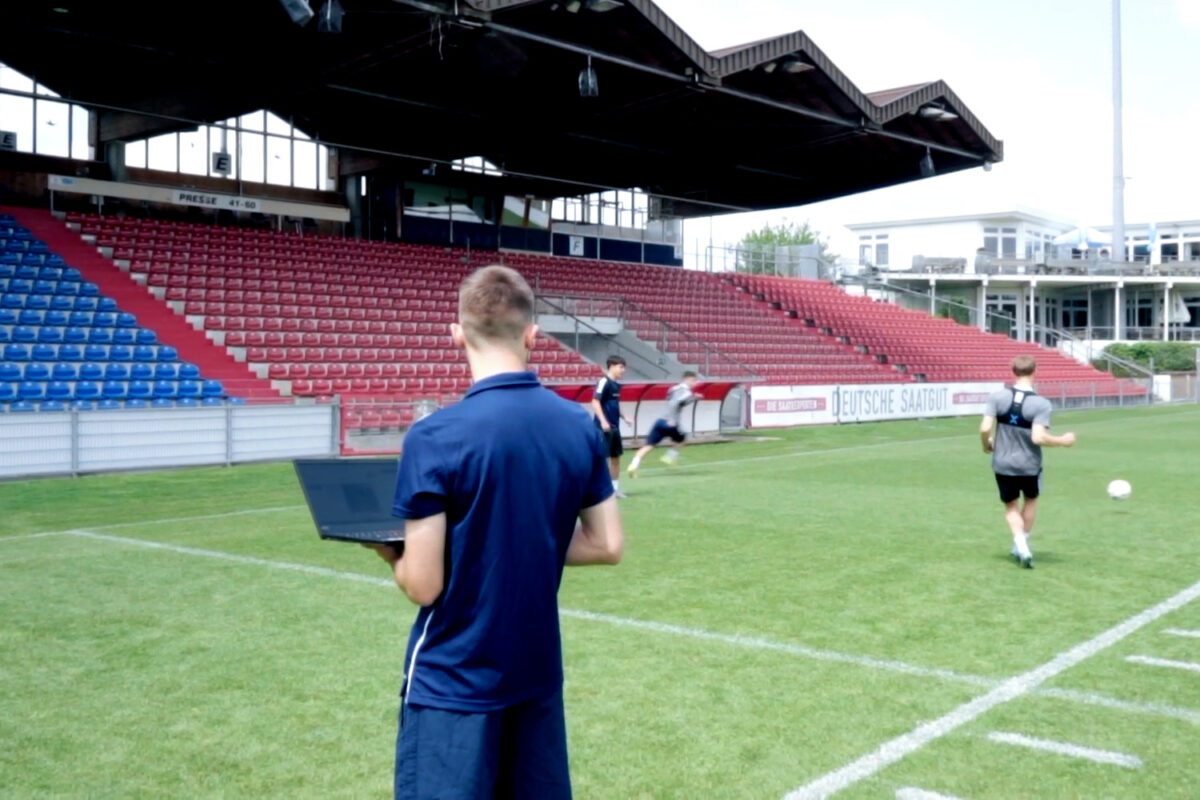Why Basketball Coaches Use Athlete Profiling in the Off-Season
The offseason holds immense importance for basketball players and coaches, marking a crucial phase in their preparations for a strenuous season. The integration of performance tracking technology has brought about a transformative shift in how athletes and coaches navigate the offseason. This technology not only aids in refining coaching techniques and elevating long-term athletic development but also facilitates the evaluation of new player prospects, all while gearing up for the demands of the regular season.
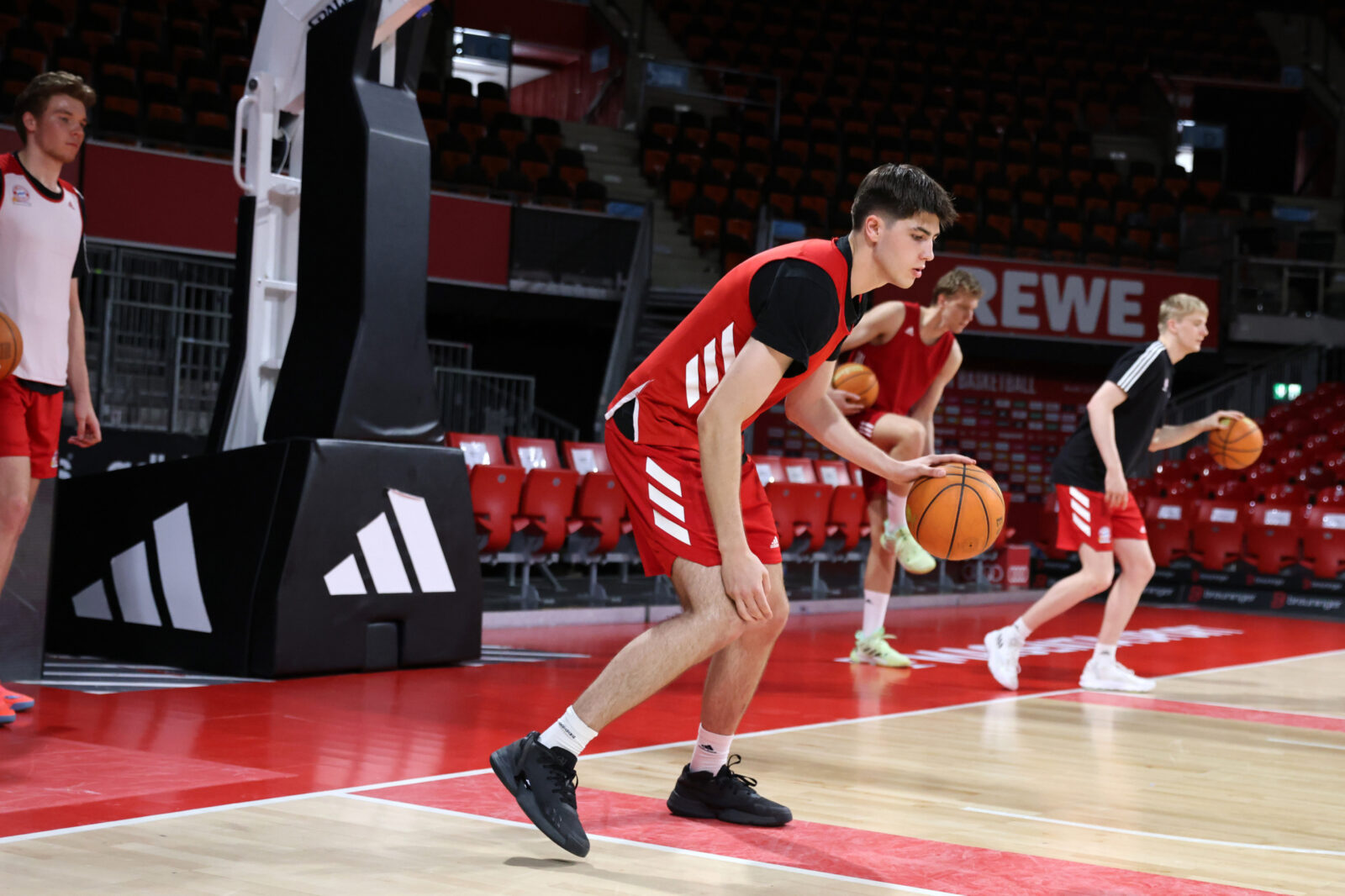
Profiling athletes to create a performance baseline during the preseason is vital, enabling coaches to fine-tune training strategies throughout the season to optimize performance in preparation for competition and build a foundation for injured athletes to return to practice and play.
In no particular order, there are four main areas of emphasis that performance data improves and simplifies for basketball coaches during the offseason:
- Player Prospecting
- Injury Risk Management / Prevention
- Return to Practice
- Load Management
Let’s take a closer look at the impact of performance data on these elements.
What Is Athlete Profiling?
Athlete profiling, also referred to as athlete assessment or player profiling, encompasses collecting and analyzing data and insights concerning athletes. The primary objective is to gain deeper insights into their strengths, areas of improvement, performance capabilities, and pertinent traits. This methodology establishes a foundational set of predefined KPIs for coaches to enhance sports performance based on inter- and intra-individual athlete comparisons.
Widely adopted within sports and athletics, this data-centric approach serves to refine training regimens, minimize injury risks, and elevate overall performance quality. Its advantages extend to coaches and athletes, proving valuable during the offseason and through tailored reports for monitoring performance throughout the regular season.
Player Prospecting
Pre-draft workouts and team tryouts are essential training sessions for coaches and players alike. For coaches, they present an opportunity to get a better impression of the athlete’s skills and performance level. For athletes, it’s the chance to present themselves in the best possible way to ultimately land the next contract and make the cut for the team.
The ability to track performance progression or areas that need attention can help coaches analyze how to assess overall performance. Coaches can create custom reports to measure athlete performance for multiple prospects, making it easier to analyze draft value. Other methods for utilizing data analytics can consist of the following:
- Talent Identification & Performance Analysis: Skills assessments to measure performance compared to professional basketball and normative standards, optimizing scouting efficiency
- Talent Development: Analyzing historical performance data and reports to measure progression/regression
Injury Risk Management / Prevention
The intensity and physical demands of basketball require athletes to be in peak condition during the competitive season. However, performance data has emerged in preseason analysis to ensure that coaches and performance staff establish safe training regimens to manage injury risk.

Access to performance metrics such as Distance, Speed, Accumulated Acceleration Load (AAL), Exertions, and Jumps creates a platform individualized toward each player’s activity. By monitoring these key elements during the preseason, coaches can ensure that their players establish a performance baseline to optimize training throughout the season.
Return to Play
Performance data can benefit players returning to the court not only during pre-season but any time of the year. With the help of performance data, medical professionals, coaches, and players have an in-depth understanding of monitoring progress, making informed decisions, and designing personalized recovery plans.
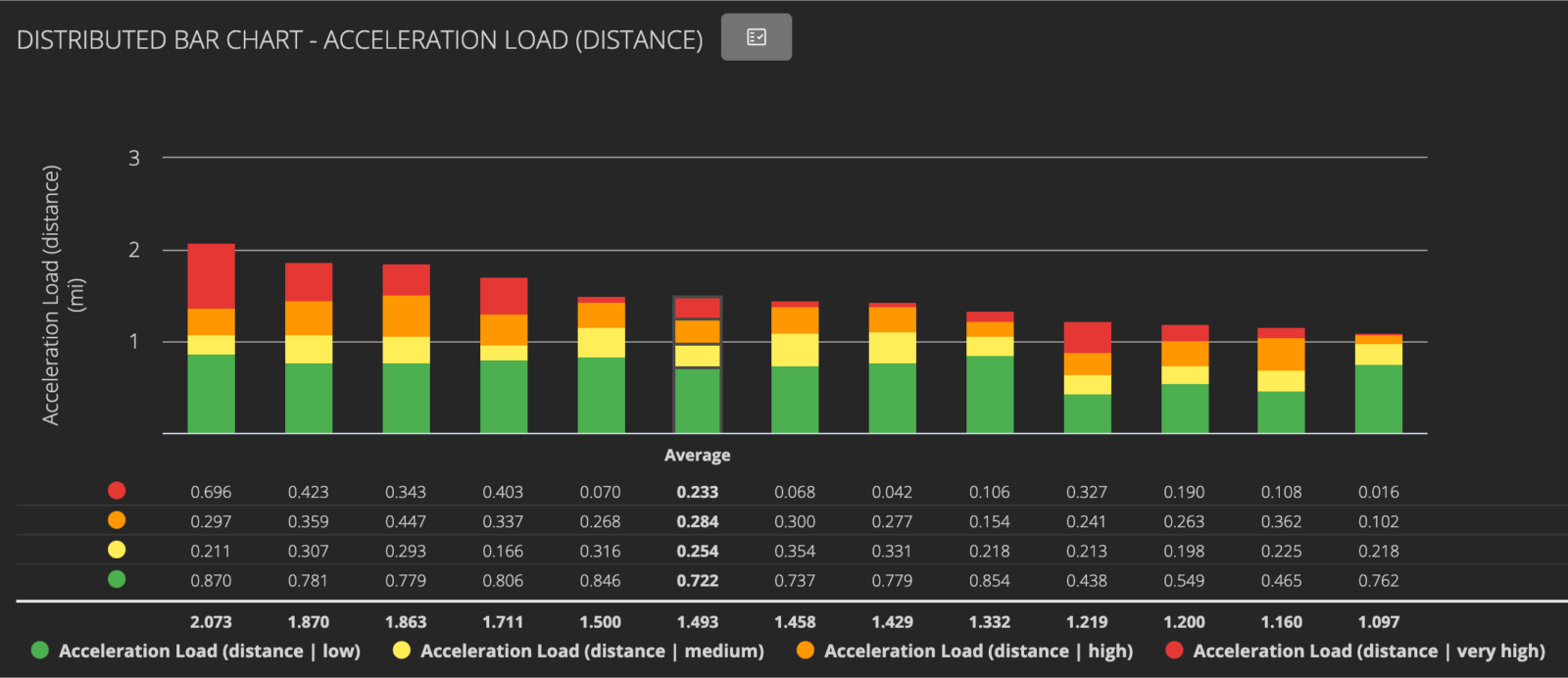
Quantitative performance metrics can be a game changer during the physical rehabilitation process. The ability to tangibly track improvements within the rehab process, such as intensity, strength, and agility, can provide benchmarks and motivation.
As a player gradually returns to the court, performance data reports can adjust to their activity levels, providing insights that can be compared to historical data benchmarks pre-injury. This way, coaches, trainers or medical professionals can confidently assess if a player is ready to return to practice or the starting lineup.
Load Management
The role of coaches has transcended traditional methods, extending into the realm of data-driven insights. Particularly during the crucial preseason phase, establishing custom data analytics reports for athlete performance, with a dedicated focus on load management, has emerged as a pivotal practice. These reports provide an intricate understanding of players’ physical condition, enabling coaches to fine-tune training regimens, optimize performance, and mitigate the risk of injuries.
Load management, a vital component of these reports, delves into the delicate balance between acute and chronic workloads, ensuring that players are adequately challenged without overloading. Coaches can tailor individualized training plans by closely monitoring variables such as minutes played, distance covered, sprint frequency, and physiological markers like heart rate.
This enhances player development and nurtures a culture of holistic wellness. In essence, the synergy of basketball coaching and data analytics during the preseason exemplifies a dynamic shift in the sports landscape – where technology converges with expertise to foster the longevity and excellence of athletes on the court.
Trust KINEXON Basketball Analytics
KINEXON’s sports performance data technology provides critical insights for basketball players and coaches, engraining productive training habits into programs around the globe. By transforming our data into quantitative and qualitative elements early on, players and coaches can benefit from a system that adds longevity and prosperity to their season.
Whether it’s for a player entering the NBA Draft, returning from injury, or prepping for the regular season, introducing performance data during the off-season can create a foundation that ultimately transforms the on-court presence of a team.
If you want to learn more about KINEXON’s performance tracking solutions, please contact us or schedule a demo.
Check out our new shot tracking solution for basketball— COMPETE Vision. It features the first-ever metric that enriches shot statistics with player load. Click the button below to watch the video.
